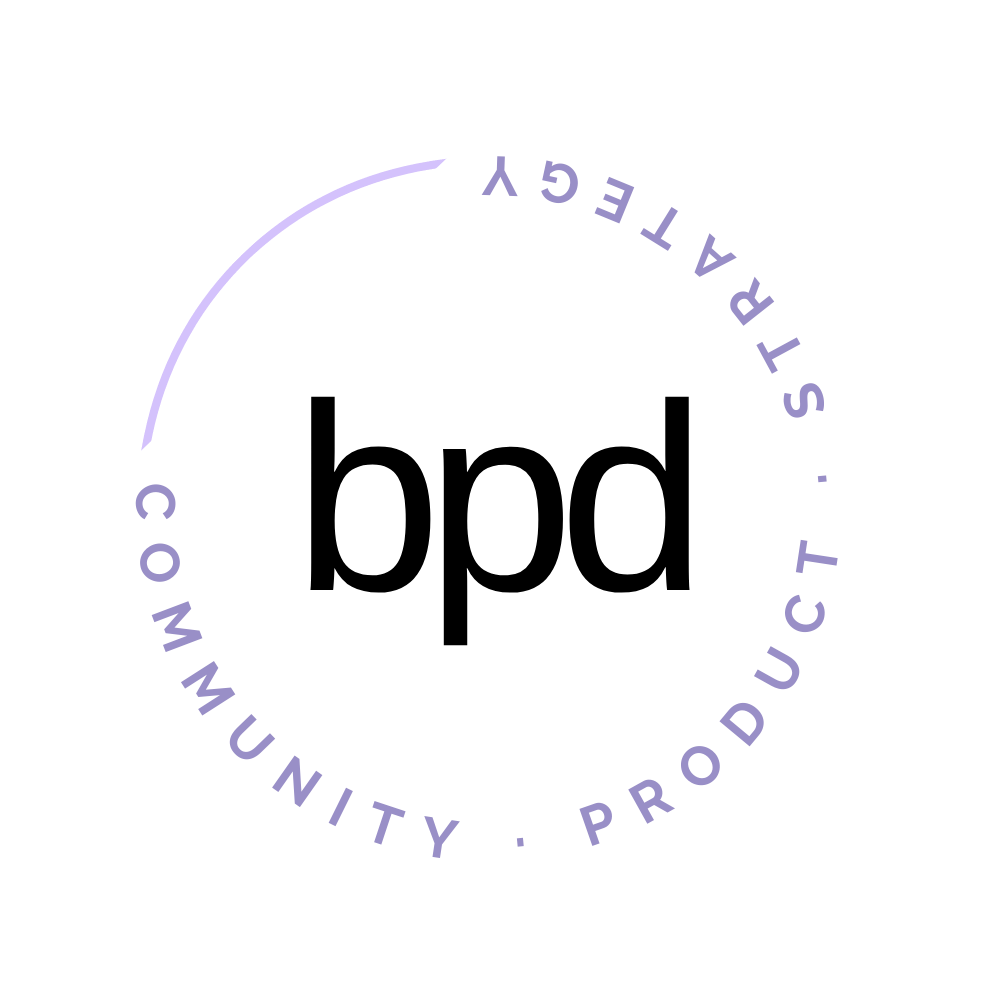#16 Treat Everything In Your Business Like A Product
Have you ever heard the saying that if you treat your business like a hobby it will cost you like a hobby and if you treat it like a business it will make you money like a business?
This notion has always been second nature to me. I’m a serial hobbyist → business builder. Even in high school I started a handmade jewelry business because I liked making jewelry for my friends and family.
Whether you identify as a creator, founder, entrepreneur or even a creative hobbyist you are a business builder if you choose to see it that way (and make money).
Let’s take this a layer deeper. What if you treated every part of your business like a product?
Today I’m writing a newsletter, teaching online trainings and crafting bespoke workshops – I could consider these things hobbies, programs or marketing that support the business. But instead I choose to see them as products that ladder up to support my business.
Similar to the business versus hobby notion, because I see them as products, I treat them like products. For each I focus on things like–
Finding product-market fit
Improving retention
Unlocking target growth metrics
And when something isn’t working (aka performing against the success metrics that I’ve set) I’m not interested in doing it forever just because I always have. My pet peeve in business is when I ask why something is done the way it is and the response is “well we’ve always done it this way”.
Without continuous improvement, your products will become stale, obsolete and outpaced by the competition.
Treating all projects and parts of the business like products helps us to objectively prioritize, pivot and cancel what may have started as a “passion project”.
This also allows you to find comfort in the discomfort and throw lots of ideas out in the world for the purpose of experimentation. So many people are held back by their fear of judgement or failure.
Kill your darlings
Treating each part of the business like a product means not tying your self worth to your work. In the design world we have a saying– “kill your darlings”. The idea is that you can’t be emotionally tied to your work so that you’re able to throw your ideas away or end an initiative.
Your product’s success + failure does not = your success + failure.
It doesn’t matter if you have a creator media business, software company, education company, etc. Your main offer, digital product or app aren’t your only products. Your newsletter, podcast, YouTube channel, onboarding sequence, sales calls, outreach strategy, etc. are also products.
Leaky buckets are everywhere
I once got to tour the offices at Twitter HQ – this was in 2017 at the height of tech-ping-pong-snack-room office culture and I remember someone telling me that they were on a team that focused solely on “the life cycle of a tweet” … this BLEW MY MIND. How could you possibly need an entire team for one component of the product?!
Now, I get it. The more you treat each component of the business or product like its own product, the more opportunity you have to plug every possible leak in your business (or bucket).
Apply this to your business
Try this activity to help you identify the different product streams in your business and prioritize your experiments to plug your leaky buckets.
STEP 1
Write down all the “products” in your business.
In this context I think of products as the components of your business that you want to drive growth and revenue.
In my business my list is: newsletter, power-hour workshops, fractional leadership service, community-strategy training... and a couple other things I’m working on behind the scenes 😉
STEP 2
Pick one KPI (key performance indicator) for each product.
For a newsletter the KPI might be subscriber growth rate or open-rate. Consider which you want to focus on most right now. If your open-rate has had a bad decline, you may consider focusing there first. How can you improve the product so people are more engaged with it before you continue to grow it?
Oftentimes we put growth as a KPI too soon and we actually need to find product-market-fit first. I have grown my newsletter slowly because I’ve focused on open rate (which is 70%). Now that I’ve maintained that open rate, I’m pivoting to focus on growth.
STEP 3
Stack rank your product list by priority.
What is most important for you to focus on? If your list is a mile long and you don’t have a team supporting you then you might be expending energy in too many different directions.
Is there anything you should let go? Kill your darlings.
STEP 4
Plan experiments for your top priority.
The best way to move the needle is to experiment often. Once you find something that works, double down on it.
Now that you’ve picked your top priority and have a clear KPI, make a list of possible experiments to drive that metric forward. What can you test and learn from to help unlock the next level of growth or plug your leaky bucket?
I hope doing this exercise illuminated some clear next steps for you to take in your business. And if you’d like help going through this exercise I LOVE doing this as part of a power-hour.
If you’re not already subscribed to the bpd beat, get essays like this in your inbox every week + resources and behind the scenes content only available in the email newsletter.
